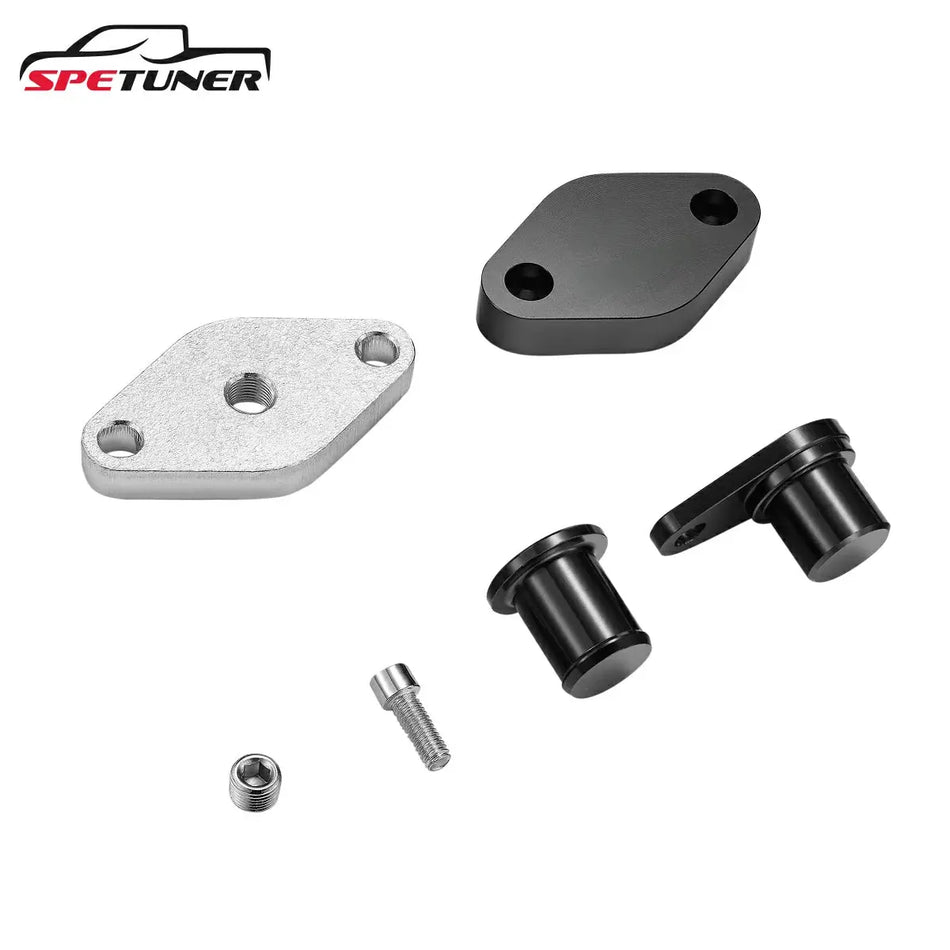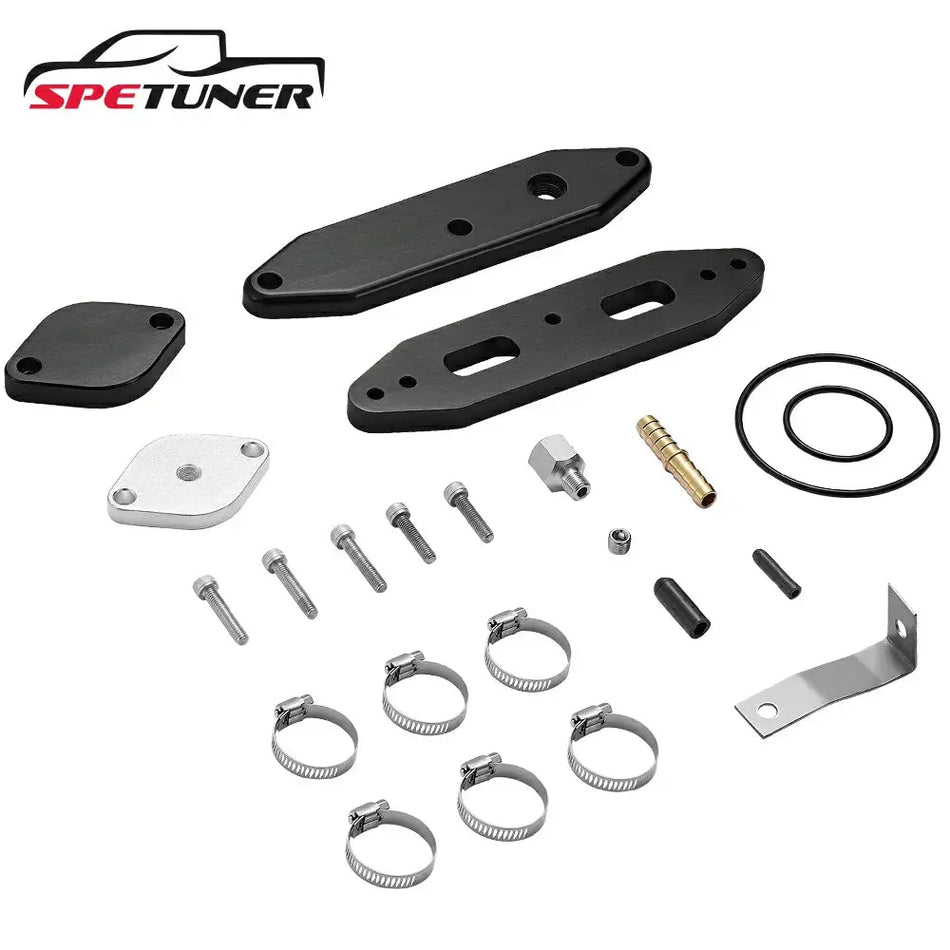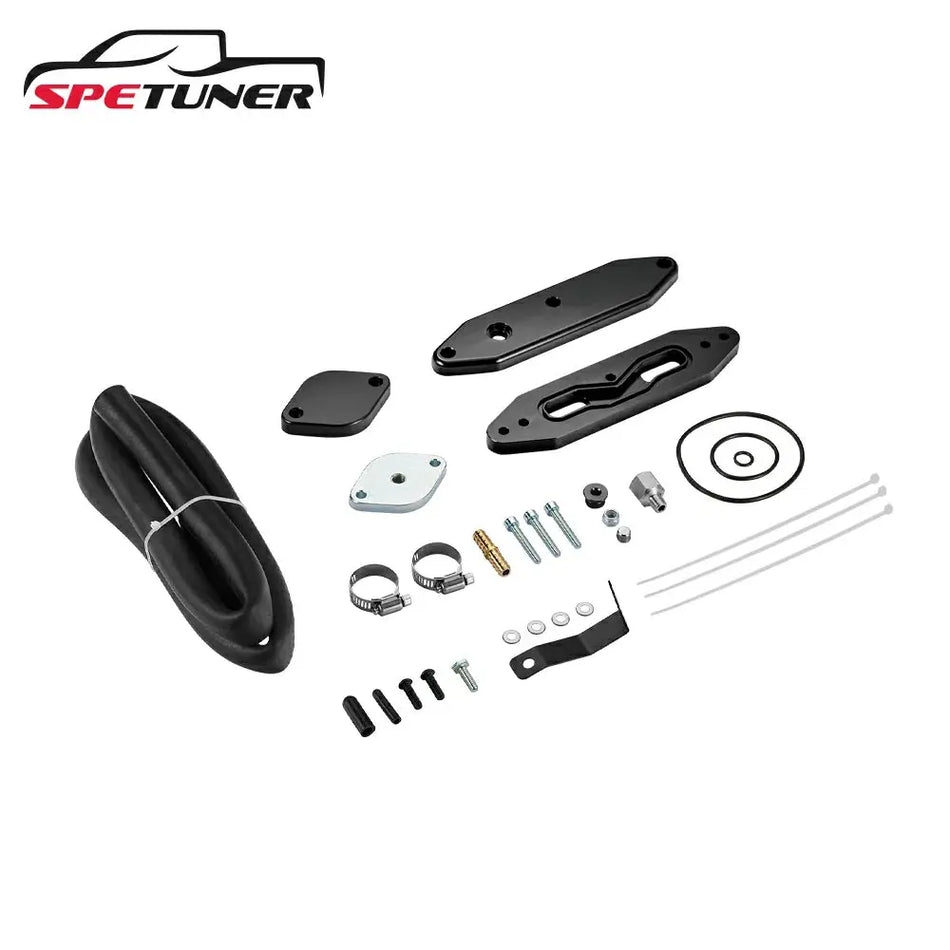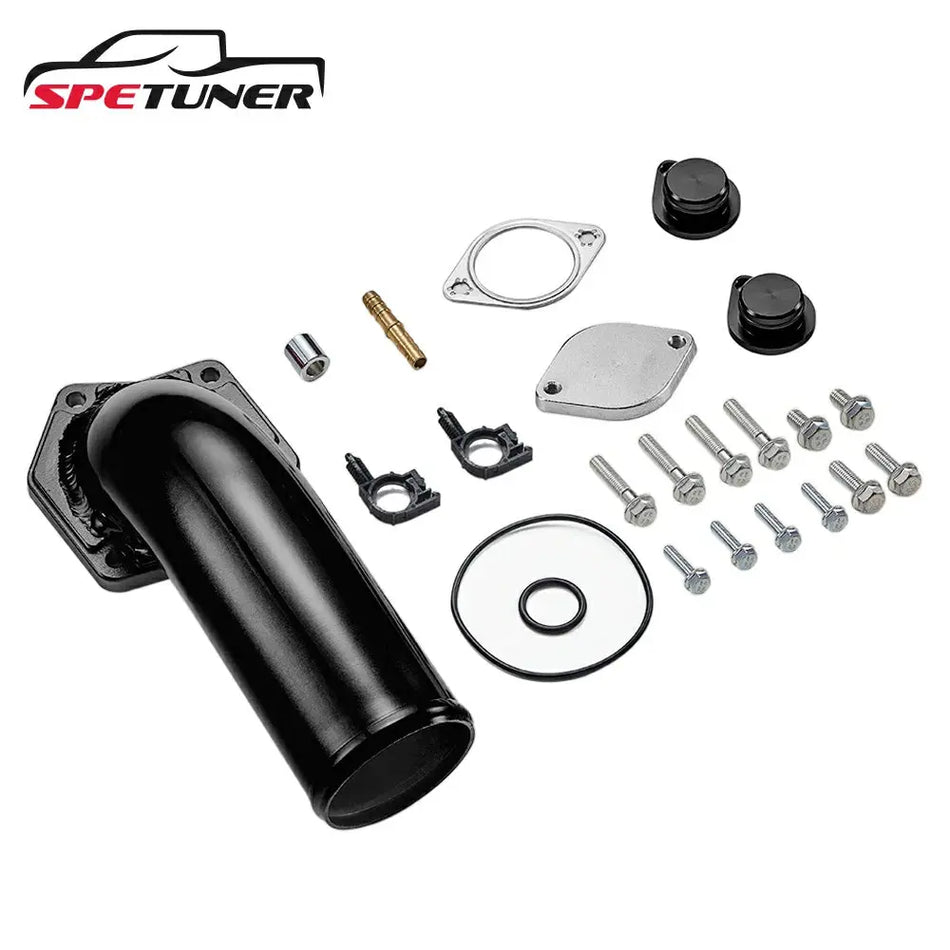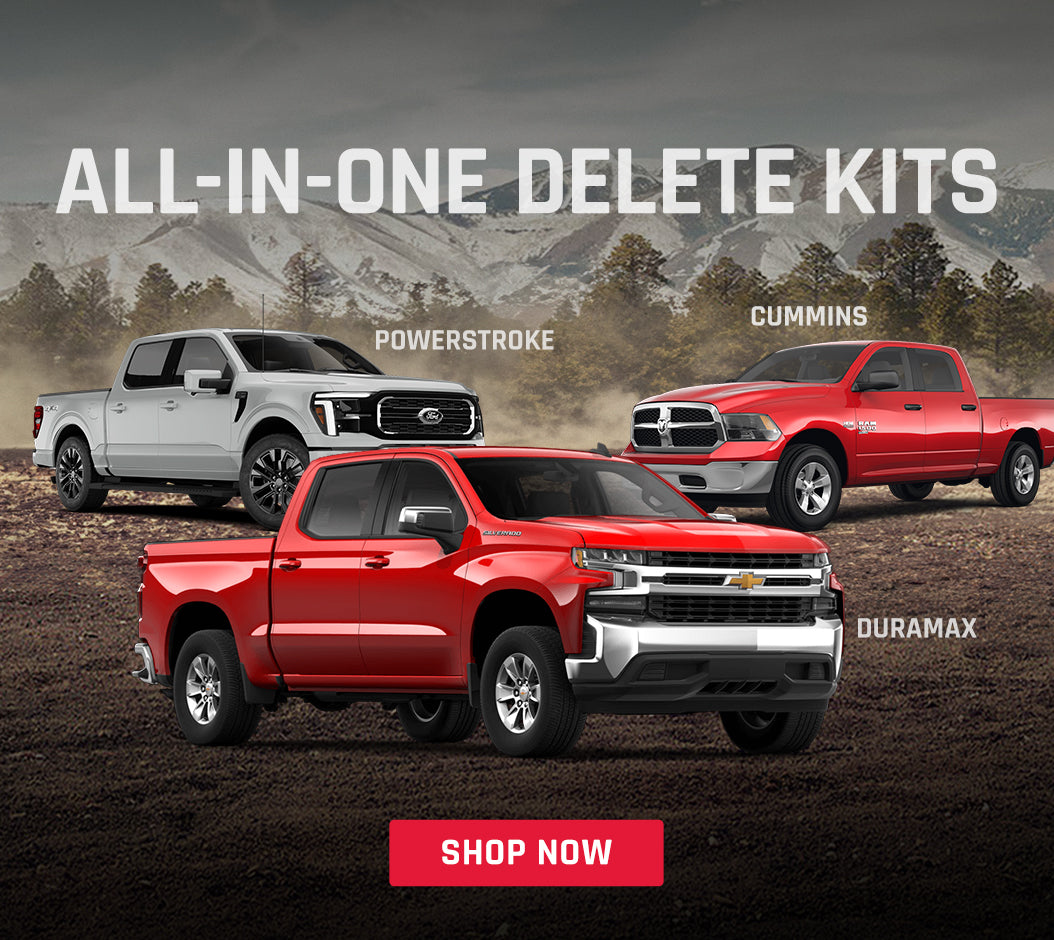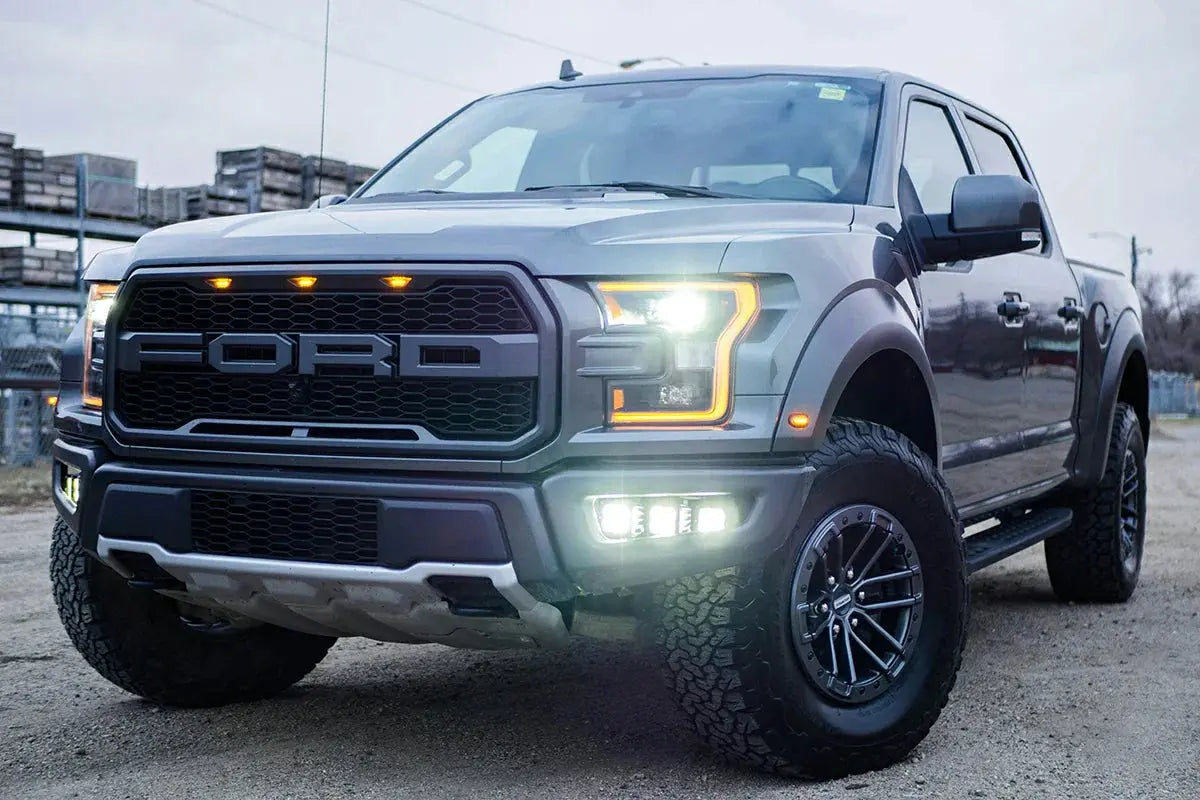The 6.0L Powerstroke is one of the most controversial diesel engines ever made. Some love it for its potential and sound; others fear it for its reliability issues. If you're considering buying a used 6.0L Super Duty, here's what you need to check before making the leap.
Top Reliability Issues with the 6.0L Ford Powerstroke Diesel
1. Head Gasket Failures
This is the #1 issue with these engines. Once you start towing heavy or adding power, the factory head bolts can stretch, causing the head gasket to blow. This forces exhaust into the coolant system, which can lead to overheating and serious damage.
Solution:- Confirm whether the truck has upgraded ARP head studs and properly installed new gaskets.
- Check for signs of coolant blowing out from the degas bottle, or excessive pressure buildup after a long drive.
Pro Tip: Remove the coolant cap before a test drive. After driving, if the cap flies out of your hand from pressure, walk away.
2. EGR Cooler & Oil Cooler Failures
The EGR cooler is notorious for cracking and leaking coolant into the intake, often causing white smoke at idle. This can also clog the oil cooler, which results in high oil temps and engine failure.
Solution:- Check if the EGR cooler has been deleted or upgraded (a common and often necessary mod).
- Look for white smoke at idle or high oil temperatures while driving.
- Ask if the oil cooler has been replaced.
3. HEUI Injector System
The 6.0L uses a high-pressure oil system (HEUI) to drive the injectors. It works well when new, but worn seals can cause cold start problems, hot start issues, or misfires.
What to Watch:- Long crank times, rough starts, or trouble starting hot.
- Ask if injectors have been replaced and what brand was used (avoid cheap rebuilds).
- If possible, request a high-pressure oil system air test to check for internal leaks.
What’s Different by Model Year?
2003–2004
- Known for high-pressure oil pump (HPOP) failures.
- ICP sensor is prone to leaks (check for oil at the back of the engine).
- Leaf-spring front suspension (vs. coil springs on later years).
2005–2007
- Better coil-spring suspension for smoother ride and easier upgrades.
- Prone to oil rail seal leaks (standpipe/dummy plug issues).
- Some 2005 models have fuel entering the coolant, due to cylinder head casting flaws.
A simple smell test: if the coolant smells like diesel, walk away.
Smart Buyer Checklist
- ✅ Has the head gasket been replaced? With ARP studs?
- ✅ Has the EGR cooler been deleted or upgraded?
- ✅ Has the oil cooler been replaced?
- ✅ Are there injector receipts or proof of high-quality parts?
- ✅ Does the coolant smell like diesel? (bad sign)
- ✅ Is there pressure at the degas bottle after a long test drive?
Final Thoughts
The 6.0L Powerstroke isn’t for everyone. But if you find one that’s been properly maintained, bulletproofed, and upgraded with quality parts, it can be a reliable and powerful truck.
Even if all the major issues have been addressed, this engine still demands attention. We recommend budgeting $2,000–$4,000 for potential repairs, especially if the truck hasn’t been driven recently.
At SPETUNER, we recommend looking for a 2006–2007 model with:
- Head studs and gaskets installed by a reputable shop
- Documented injector and oil cooler upgrades
- EGR delete or upgraded cooler
Ready to build or maintain your 6.0L the right way? Check out our top-rated 6.0L Powerstroke performance parts for long-term reliability and more fun behind the wheel.
FAQs About the 6.0L Ford Powerstroke
❓ Is the 6.0L Powerstroke a good engine?
It can be — if it has been bulletproofed with ARP head studs, upgraded EGR and oil coolers, and maintained with quality parts.
❓ What year 6.0L Powerstroke is the best?
The 2006–2007 models are generally considered the best due to improved suspension, fewer oil rail issues, and better aftermarket support.
❓ How do I know if a 6.0L has a blown head gasket?
Watch for coolant pushing out of the degas bottle, white smoke at idle, overheating, or a strong smell of exhaust in the coolant system.
❓ Should I delete the EGR on my 6.0L?
If emissions laws allow it in your area, an EGR delete kit can help improve long-term reliability and reduce coolant contamination.


